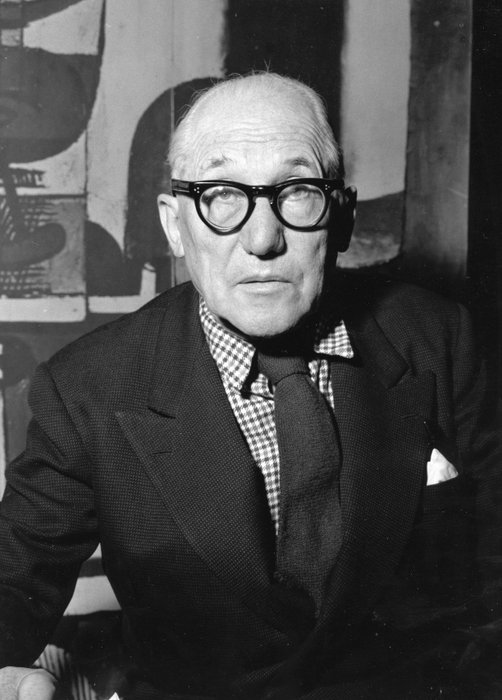

"The links betweeen Lger and the two protagonists of L'Esprit Nouveau became closer in 1924 when he shared the same studio with Ozenfant. It is a testament to the friendship of the two artists that they exchanged their works. (Le Corbusier 'L'Architecture d'Aujourd'hui, Paris, April 1948). Yet he wrote: 'Je n'ai cess de peindre.tous les jours arrachant o je pouvais es trouver, les secrets de la forme, dveloppant l'esprit d'invention, au mme titre que l'acrobate, chaque jour, entraine ses muscles et la matrise de soi'.

He painted 'in secret' and to the outside world he had turned his back on painting. It is possible that this work, which was given to Lger's wife in 1931, was one of the few works to leave Le Corbusier's studio, for between 1925-38, he refused to exhibit.

2' which is the most revealing aspect of this work, confirming the artist's idealist vision of unity and harmony. Perhaps, however, it is the title 'Harmonique prilleuse no. Despite the flatness of the plane, the shapes and object are given form by the artists use of shade and light, lifting them out of the canvas and lending them substance. It is clear from it's position within the composition that it had a special, almost spiritual significance for the artist. The 'crystal' at the centre of the composition is a familiar motif in paintings of the time and relates to a mountain crystal that the artist's father brought back form the Alps. On the contrary, the shapes and volumes appear less disjointed, more harmoniously related and more dependant on each other. This work is more figurative than those entirely 'purist' works of the early 1920's but is no less coherent. In the present work the similarities between the juxtaposition of space and volume and the topographical architectural plans of say 'Premier plan d'urbanisation d'Alger 1930' cannot be denied. The two disciplines of architecture and painting were symbiotic and equally important to Le Corbusier.


 0 kommentar(er)
0 kommentar(er)
